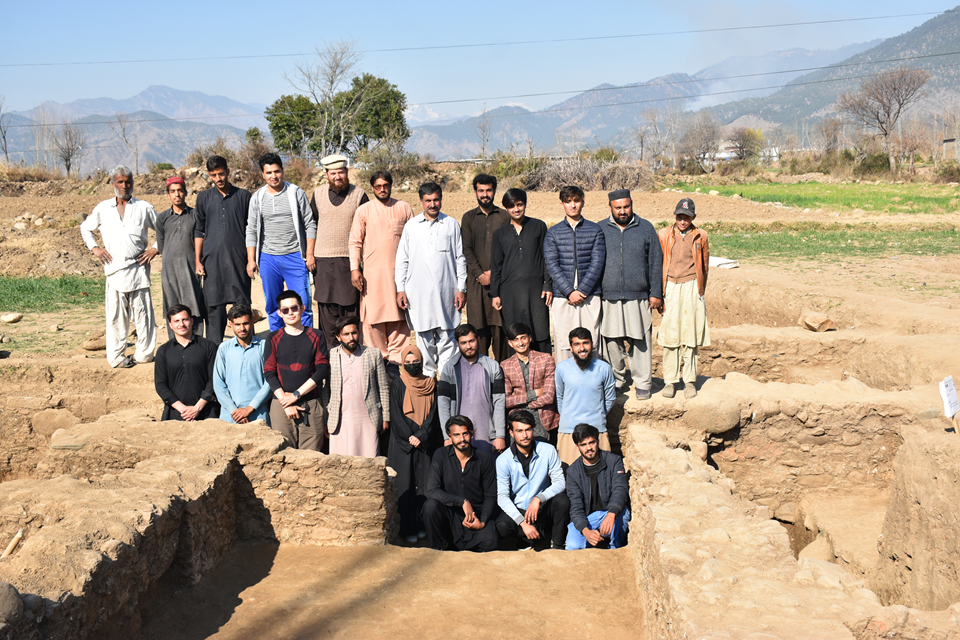2,800-Year-Old Multi-Generational Remains Unearthed in Mansehra
Shazia Mehboob
Islamabad: Archaeologists in Mansehra district have unearthed a 2,800-year-old archaeological site that offers a glimpse into the region’s rich cultural and historical evolution.
Spanning from the Indo-Greek period to the British colonial era, the site reveals insights into human settlement patterns, economic activities, and cultural transitions across multiple generations.
This significant discovery sheds light on the diverse civilizations that once thrived in the area, leaving behind a wealth of artifacts and structural remains.

Archaeologists from the Department of Archaeology at Hazara University, Mansehra, have made a groundbreaking discovery at Kander Bedadi, Shinkiari.
The findings at Kander Bedadi offer a layered historical narrative, revealing human activities across several cultural epochs, including the Indo-Greek, Parthian, Kushan, Hindu Shahi, Early Islamic, and British periods.
Among the key artifacts unearthed are copper coins from different historical eras, terracotta human and animal figurines, sculptures, and beads, alongside semi-precious and ordinary stone beads.
The excavation also uncovered iron tools, copper smelting workshops, and bone fragments of both humans and animals, shedding light on dietary habits and ritualistic practices.
Significant structural remains discovered at the site include evidence of copper smelting and bead-making workshops, indicating that Kander Bedadi was once a thriving hub for artisanal production.

Foundations and walls of ancient residential structures further reveal settlement patterns and architectural techniques used by past civilizations.
The presence of diverse artifacts and craft production facilities underscores the site’s role as a cultural crossroads where various civilizations interacted and influenced one another.
The discovery at Kander Bedadi not only highlights the region’s historical significance but also provides valuable insights into the economic and social dynamics of ancient societies.
The presence of human and animal figurines suggests possible religious or cultural practices, while the evidence of extensive trade and craftsmanship indicates a well-established local economy.
By offering a detailed glimpse into the evolution of human settlement over centuries, this excavation adds a crucial chapter to the study of Pakistan’s archaeological heritage.
This excavation is a collaborative effort involving the Directorate of Archaeology and Museums, the Government of Khyber-Pakhtunkhwa, and Leicester University, UK, under the Pak-UK Education Gateway program, funded by the British Council and the Higher Education Commission of Pakistan.

Comments are closed.